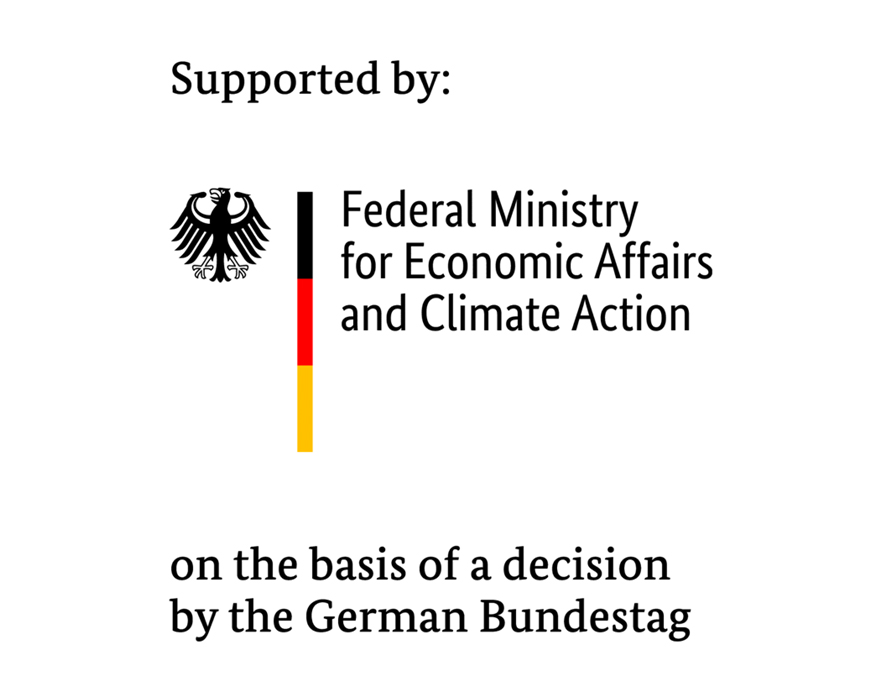| Funding: |
German Federal Ministry for Economics Affairs and Energy (BMWi) |
| Partners: | ABB AG, BCM – University of Bremen, Fraunhofer IWES, wpd offshore solutions GmbH |
| Duration: | 10/2017 - 09/2020 |
The power generated by the offshore wind turbine is first accumulated in the medium-voltage range on an AC bus bar in the wind farms and then stepped up to the high-voltage range on a transformer platform. The transformer platform is connected to an HDVC converter platform, where the active rectification of the alternating current is performed before transfer to the mainland.
The aim of the project is to develop an innovative multi-terminal HDVC concept for the electrical connection of multiple offshore wind farms to the onshore transmission network. At the same time, higher economic potential should be attained along with increasing availability by reducing material usage, improving system efficiency, and boosting flexibility. The development of “multi-terminal intelligent/integrated” grids is an important step, as more compact, modular converters should be used. The scope of the project also encompasses the development of suitable cost models, cost-efficiency analyses, and risk analyses as well as the discussion and formulation of expanded grid connection regulations for connection to grids in cooperation with grid operators.
The first step is the analysis of the known connection options for offshore wind turbines via alternating current to direct current and point-to-point direct-current transmission systems with the aim of identifying their shortcomings. This analysis is performed using simulations on the basis of real wind farm data and connection topologies. On this basis, a structural prototype for modular AC/DC converter stations for the improved integration of the current offshore AC electricity grids into an offshore multi-terminal DC grid with an onshore converter for connection to the three-phase integrated grid will be formulated. Control structures for installation as well as reliable and efficient operation are to be developed and implemented. The results of the analysis are integrated in the design and development of a scaled demonstrator.
Fraunhofer IWES is tasked in this respect with determining the electrical properties, circuit feedbacks, and interactions with the help of real-time simulations of the developed concepts for offshore wind energy systems and grid connection – using commercially available components. A validation is performed by comparing the results from scaled test bench tests. The compilation of cost models, cost-efficiency analyses, and risk analyses is another of the institute’s key competences.
